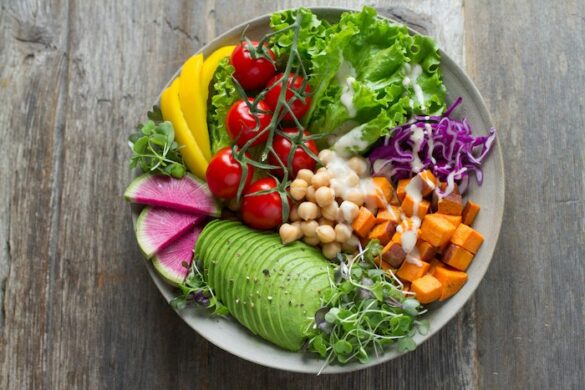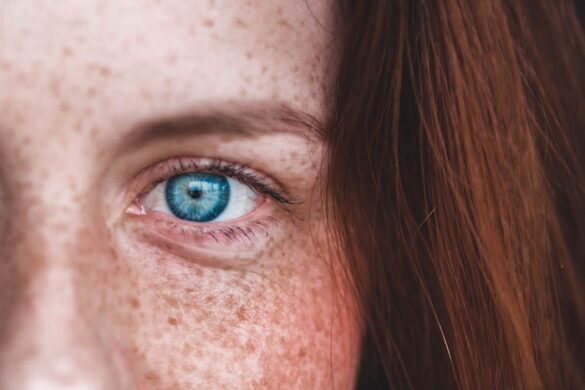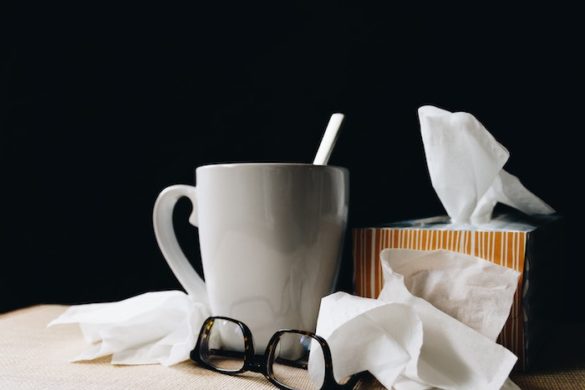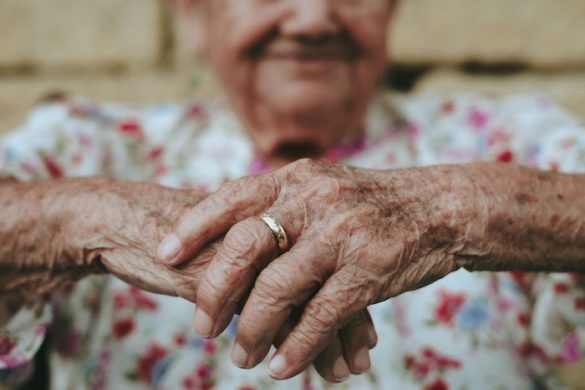toxic mold
Examples of Mold Lawsuits
Yes, you may file a lawsuit if you get sick from mold exposure. The likelihood of successful litigation depends on certain factors that should be discussed with a lawyer to see if your case should proceed to court. Some things to take into consideration for a case concerning mold:
Should You Test for Mold when Buying a House?
Is it Important to Test a House for Mold Before Buying? Yes, it is…
What are Mycotoxins?
Mycotoxins are the secondary metabolites released by fungi which are toxic and can cause…
Black Mold Symptoms in the Elderly
Black mold is a serious problem for people of all ages, but for the elderly—who have a more vulnerable immune system—it could very well be much worse, especially if the early warning signs aren’t easily recognized by the victims or their caretakers.
Black Mold Symptoms in Babies
When a baby breathes in mycotoxins (the toxic substance produced by mold spores), the blood vessels in the baby’s lungs are weakened, potentially causing pulmonary hemorrhaging—bleeding within the baby’s lungs. The more exposure a baby has to mold, the more likely he or she will develop a chronic or even life-threatening condition.
Where Does Black Mold Grow?
Stachybotrys chartarum (sometimes Stachybotrys atra)—commonly known otherwise as “black mold”—is a greenish-black mold usually accompanied by a distinctive odor.
12 Harmful Types of Mold Commonly Found in Homes
How Many Different Types of Mold Are There? New molds are discovered almost every…
What is Green Mold and How Do You Get Rid of It?
What is Green Mold? Some mistakenly believe that any and all green molds are…
The Most Dangerous Molds
If you’ve discovered or suspect you have mold in your home or workplace, the…
Worried about Mold Exposure? Learn the Symptoms of Poisoning and Illness in Humans
Prevent Mold Poisoning and Illness if Symptoms Appear.
Mold and Babies – The Importance of Mold Removal
Is Your Baby at Risk from Toxic Mold? This time of year brings lots…
MoldBlogger Interview: Lisa and Ron Beres
Q. Being advocates for healthy homes, how often do you get contacted concerning black…
Tips for Dealing with Mold in the Home
Toxic Mold in the Home Mold is a great concern today. People talk about…
Treating Mold Health Issues with Essential Oils
Mold Health Hazards Mold overgrowth is a serious hazard that can lead to a…
Symptoms of Household Mold Exposure
What are the Symptoms of Household Mold Exposure? There are a lot of things…
Mold 101: The Basics (With Layman’s Terms)
What is Mold?
Mold (sometimes referred to as mildew) is a microorganism that has been classified as a fungus. All fungi – whether mold, mushrooms, or yeast – share these three biological attributes:
Defined cell walls – Only organisms such as fungi, plants, bacteria, and algae have cell walls, while animals do not. Therefore, mold is not an animal.
They reproduce via spores – In fact, the type of spore (similar to plant pollen) – the way it is produced (how it grows and is attached to the mold base), its form of reproduction (most are asexual while the rare spores are sexual), and what type of carrier it uses (think: pollination) to find a suitable habitat, such as animals, water, or air – is what determines the class of mold and sometimes, whether or not it is toxic or benign. Although the maturing and release of the spores greatly resembles what takes place in plant pollination (using the air currents or passing animals as carriers), it is missing one key ingredient that every plant has.
They lack chlorophyll – Chlorophyll is used by plants to absorb sunlight and they use that energy to synthesise carbohydrates from carbon dioxide and water. In other words, chlorophyll aids in photosynthesis. Molds do not photosynthesize, and in fact, grow best in dark – sometimes pitch-black – habits, which means mold is not a plant.
Layman’s terms: Well, it’s not an animal and it’s not a plant. It’s a fungus…. and, it’s mold. Mold is mold. If you’re a fungus, you’re either mushrooms, yeast, or …mold. That’s as simple and as basic as it gets.
Toxic Mold Lawsuits
How common are Toxic Mold Lawsuits? In a country where personal injury and negligence…
Understanding the Dangers of Toxic Mold
What Is Toxic Mold? Stachybotrys is a greenish-black mold that is often known as…









